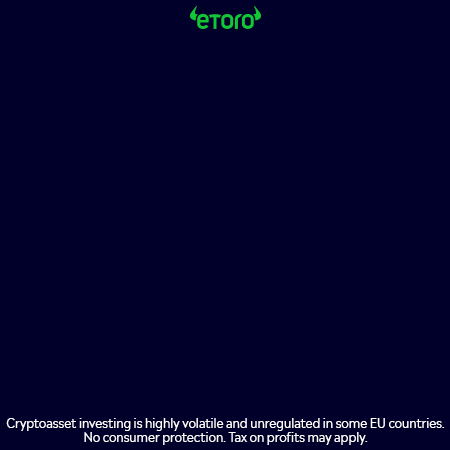Co-founder of Ethereum Vitalik Buterin says that layer-2 protocols are focused on “scalability,” but layer-3 protocols would serve a different purpose. Although Ethereum’s layer-2 solutions were focused on hyperscaling, Vitalik Buterin, co-founder of Ethereum believes that layer 3s will be able to provide “customized functionality.”
Buterin shared his thoughts on Saturday, sharing three “visions,” of how layer 3s will be used in the future.
According to the Ethereum co-founder, a third layer is only necessary if it performs a different function than layer 2s. Layer 2s were used primarily to increase scaling via zero-knowledge rollup technology.
Ethereums layer-3 protocol will have customized functionality
A three-layer scaling structure that involves stacking the same scaling schemes on top of each other is not recommended. Rollups on top rollups are not a good idea, especially if the two layers of rollups have the same technology.
Buterin said that a three-layer architecture in which the second and third layers serve different purposes can be feasible.
Buterin refers to layer 3 as “customized functionality”. This refers to privacy-based applications that use zk proofs in order to submit privacy-preserving transactions at layer 2.
Another example would be custom scaling for specialized applications who don’t want the Ethereum Virtual Machine to perform computation.
Buterin said layer 3 could also be used to “weakly trust” scale through Validiums, which is a zk proof technology. This could be useful for enterprise blockchain applications, according to Buterin. It would use a central server that runs a validium proofer and commits hashes to the chain.
Vitalik Buterin says layer-3 will be more efficient
Buterin said that layer-3 structures may be more efficient than the existing layer-2 model for building custom applications on Ethereum.
Buterin stated that a three-layer structure is better than a two-layer one. This allows for sub-ecosystems to be contained in a single rollup. It also allows cross-domain operations within the ecosystem to occur very cheaply without having to go through layer 1.
Buterin stated that cross-chain transactions between layer 2s who have committed to the same chain can be done easily and cheaply, so adding layer 3s might not improve the network’s efficiency.
StarkWare’s new recursive validity validation proofs seem to have put an end to Ethereum’s scaling concerns. Buterin made the comments about possible layer 3 uses cases.
Cointelegraph was recently informed by Declan Fox, ConsenSys’ product manager for Ethereum software, , that “with proofs and recursive rollups, we theoretically could infinitely scale.”
These recursive proofs have been thoroughly tested in production. StarkWare cofounder Eli-Ben Sasson recently told Cointelegraph that StarkWare’s recursive proofs have rolled up as much as 600,000. non fungible token coins in a single transaction. 60 million transactions could be possible “with more engineering, tweaking, and even more engineering.”










